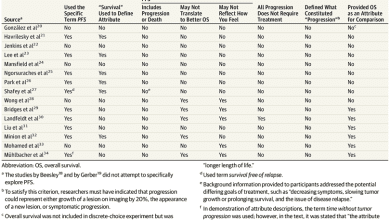State Options for Making Hospital Financial Assistance Programs More Accessible
State Options for Making Hospital Financial Assistance Programs More Accessible
Despite an historically low uninsured rate, high deductibles and other forms of cost sharing are making health care unaffordable for many people with coverage. About half of working adults with employer, marketplace, and Medicaid coverage say they struggle to afford health care. According to recent estimates, almost 100 million people, or 41 percent of adults, have debt because of medical or dental bills. To mitigate this problem, nineteen states and the District of Columbia require hospitals to provide financial assistance to low-income populations, but the process of applying for financial assistance is often cumbersome and inaccessible.
In a recent post for the Commonwealth Fund’s To the Point blog, CHIR’s Maanasa Kona discusses how some states have made the financial assistance application process easier for their residents. For example, a few states require hospitals to consider patients who are already enrolled in other need-based programs for low-income residents to be “presumptively eligible” for financial assistance. The post also describes other options for state policymakers who want to remove application barriers and protect residents from medical debt.
You can read the full blog post here.



